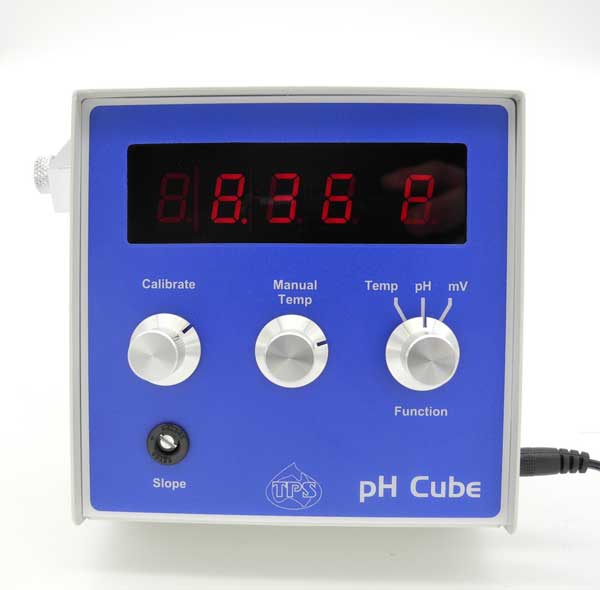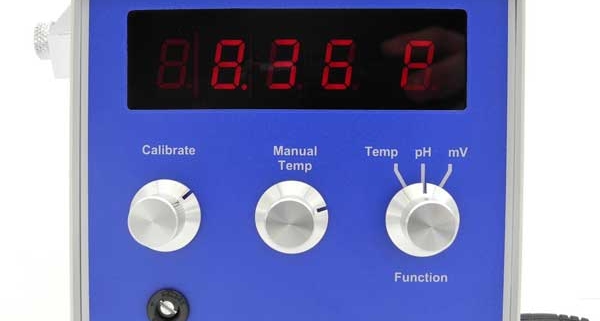Fermented Juices, Tank Water Testing and High Acid Cider – Testing Times May 18
Winery tank issues – for water that is!
Vintage is the time when we typically see lots of winemaking fermentation problems – but we thought you might need a break from all that. So in case you’re sick of thinking about wine at the moment, this month we take a look at an interesting issue with drinking water sourced from rainwater.
We recently had a client who had concerns with his tank water. He brought in a sample of water from the main kitchen sink tap – we found this to have unacceptable levels of bacteria (greater than zero Presumptive Thermotolerant Coliforms), but it also had a slightly off odour.
Upon discussions with the client we discovered the water was a mixture from three tanks that collected rainwater from a nearby shed roof. The outlets from the bases of the three tanks were joined and the resulting mixed stream of water was then available for drinking and other purposes.
To find the source of the problem we then requested a sample be taken from each of the tanks. As there were no isolation valves or taps where water could be taken from an individual tank, samples were taken via the roof hatch of each tank.
Water from two of the tanks was fine; the water from the third tank was unacceptable, having a higher level of Presumptive Thermotolerant Coliforms than the kitchen sink sample. This sample also had an unpleasant odour. The water at the kitchen sink was a combination of the water from all three tanks and was obviously negatively affected from the tainted tank, although the level of bacteria at the tap was lower, as could be expected because it was diluted with the good tank water.
As noted, none of these tanks had isolation valves at the base. The author is not a plumber but being on tank water at home and having isolation valves on each of our home tanks it would seem prudent to have these valves in place in case one tank becomes contaminated.
To remedy the situation the client was in the difficult situation of having to drain one tank without draining the water from all three. We haven’t yet heard if he managed to do this without draining all three tanks and losing all that valuable rainwater. It was strongly recommended to him that individual tank isolation valves were installed. These are a standard plumbing fitting and not expensive (though if my plumber is any guide yours may be better paid than you are!).
For all wineries using tank-collected rainwater for drinking, we recommend that you take a few minutes post-vintage to inspect your water tank. Check the plumbing setup and if you have a similar setup to our client, make a note to formulate a plan to remedy the situation next time you have a plumber on site. UV treatment of the water going into the winery is another consideration, which, although expensive, would have helped this client to have safe drinking water. And of course regular drinkng water testing is important.
My cider has high acidity?

A cider-maker had concerns about the high level of acidity in his cider. He had measured the pH and got a result of 3.1, which is low for this style of drink. He said he thought it tasted “a bit acidic” as well. He couldn’t think why the acid would be high (and the pH low) and wanted to get a sterility test done as he figured this would tell him what was going on.
We discussed the production process: it was a normal ferment although no preservatives such as sulfur dioxide had been added. Typically his ciders were pasteurised at the end of fermentation; this one had finished fermentation a couple of weeks prior to us seeing the sample and was to be pasteurised once this problem was sorted.
We suggested that it would also be good for us to check the pH result he got, plus test the acidity and the concentration of both malic and acetic acids. Upon receiving the sample and tasting it, we got a whiff of acetic acid. We tested for that and it was high – well over 1 g/L. The sterility tests also showed a large presence of acetobacter, the likely cause of the high acetic acid (volatile acidity).
It seemed the lack of any antibacterial preservatives and low alcohol content were enough to give the ubiquitous acetobacter a chance to get going in a very short time and to cause some havoc. And obviously the cider-maker had an issue with his pH meter. His result of 3.1 was way out – we got 3.64. So his concern of low pH was actually not the issue. And of course, at this actual higher pH of around 3.6, bacteria can grow more readily than at 3.1. This was part of the real issue.
Of all the other non-wine fermented beverages, cider is the most like wine, although with some obvious differences in composition. This implies that the types of problems that arise in winemaking can also cause problems in cider. One major difference between wine and cider is the alcohol content. A high level of alcohol (typically from say 12% to 16% in wine) does inhibit microbial spoilage to some degree, although few winemakers leave out sulfur dioxide as a preservative due to its beneficial action against bacteria and anti-oxidation properties. The alcohol level in cider is more typically around 4% to 6% which is far less inhibitory for the types of microbes that can be found in fermented beverages.
As this cider-maker usually pasteurises his ciders as soon as ferment is over, he hadn’t come across this problem before. He vowed and declared he wouldn’t let his cider sit around between end of ferment and pasteurising ever again!
We also recommended he get a new pH electrode or meter…
Fermented juice drink ordered off the shelves by the Health Department!
A concerned client raced in to see us recently after their low-alcohol fermented juice drink had been ordered to be taken off shop shelves by the State Health Department. They produce a “healthy, partially-fermented juice product” that is purportedly low in alcohol. At least they thought they did – the Health Department begged to differ.
Apparently the Health Department were doing mystery shopper rounds of cafes in the city, buying fermented but low-alcohol drinks and then testing the alcohol content. Our poor client had made the assumption that their “healthy fermented beverage” was full of only good things and no nasties and so it couldn’t possibly be seen to be anything but good for you. As alcohol is one of the main by-products of juice fermentation (and we would argue good for you – in moderation of course), no matter the fruit source, it should have been tested to be sure of its content.
As we have previously advised, if you market a low-alcohol fermented drink it must have less than 0.5% alcohol. It can have up to 1.15% alcohol but if above 0.5% and below 1.15% an alcohol statement must be printed on the label.
Our client is reviewing their production process to find out how they can reduce the alcohol to be under the 0.5% alcohol limit as they don’t want to market the product with an alcohol statement. And as it is marketed as a “health drink” they also don’t want to add any preservatives. The production trials are ongoing – we suspect they will be for some time…
It is great to see such diversity in fermented beverages as it gives consumers such an amazing range of choices. It does appear though, that lots of folks making such brews are still learning some of the basics about fermentation and about some of the marvellous by-products of this amazing natural process.



